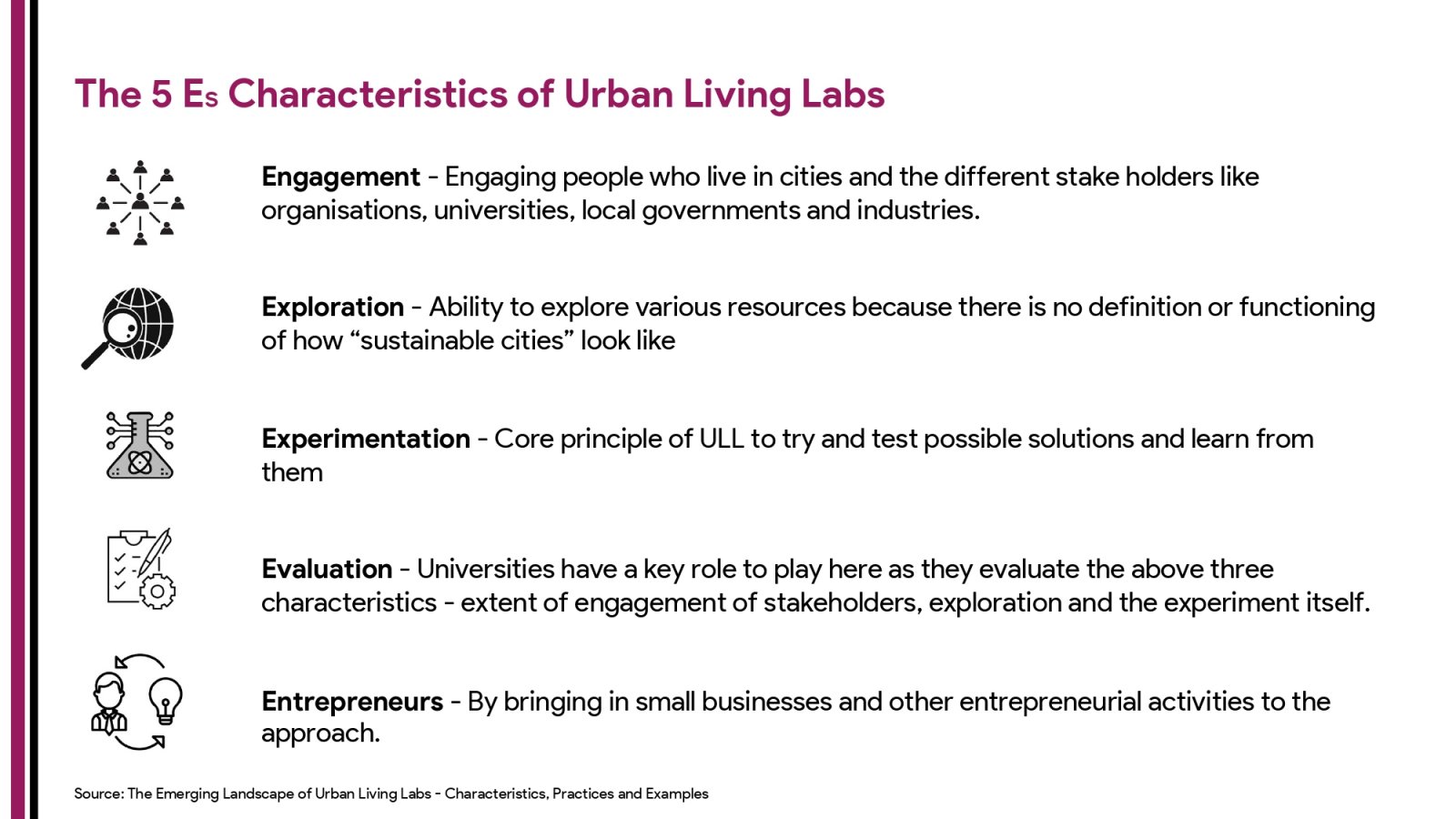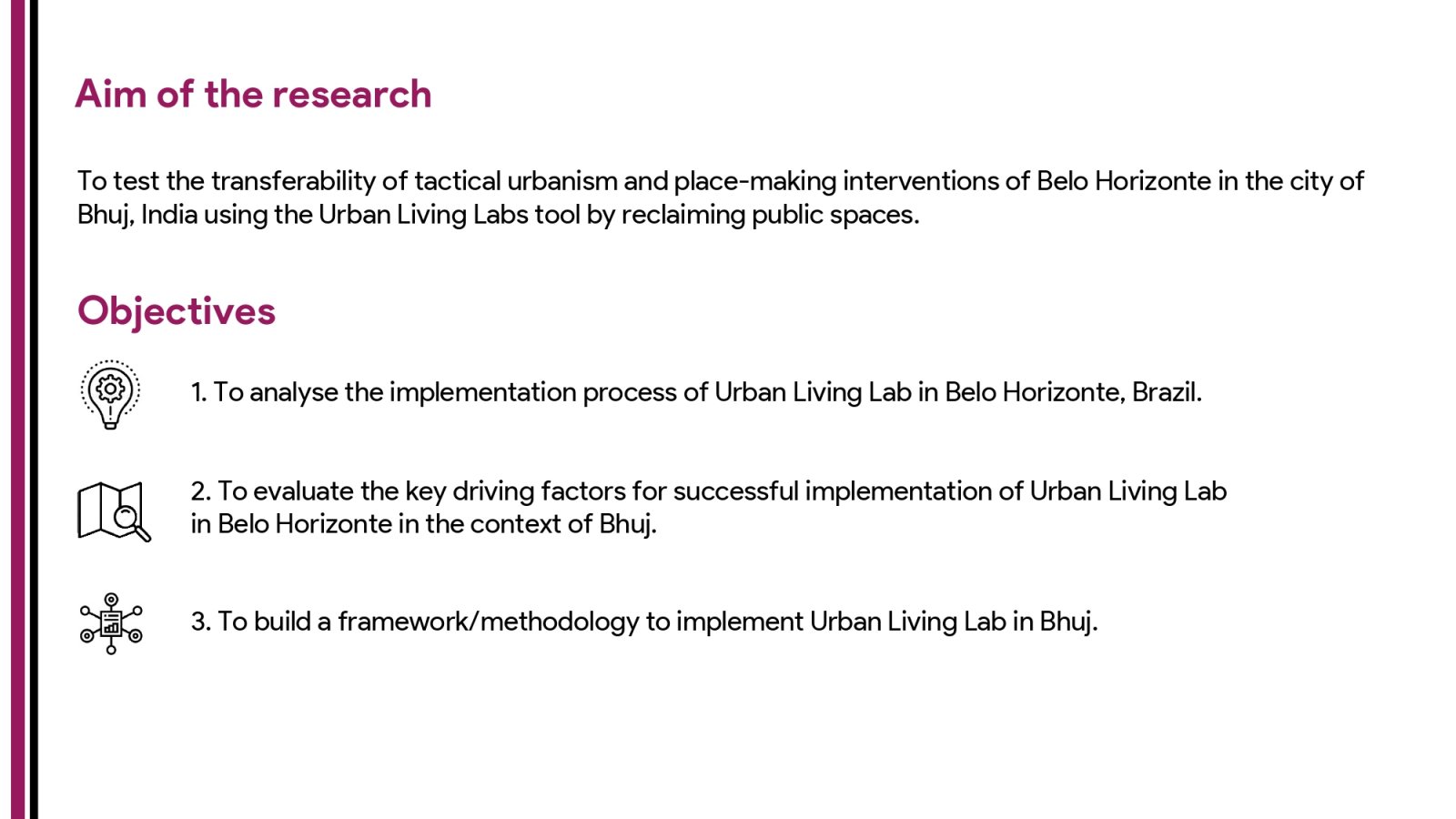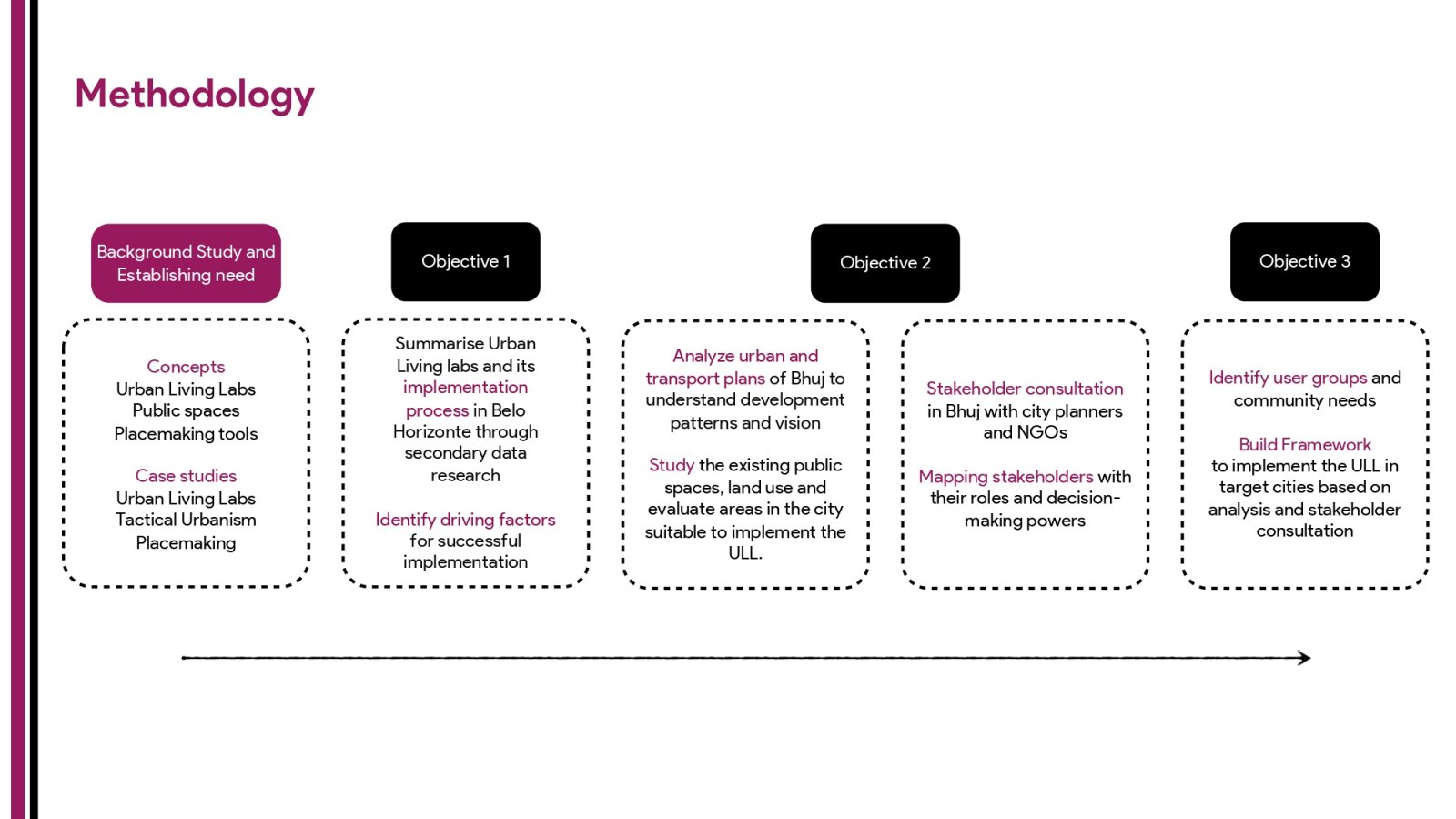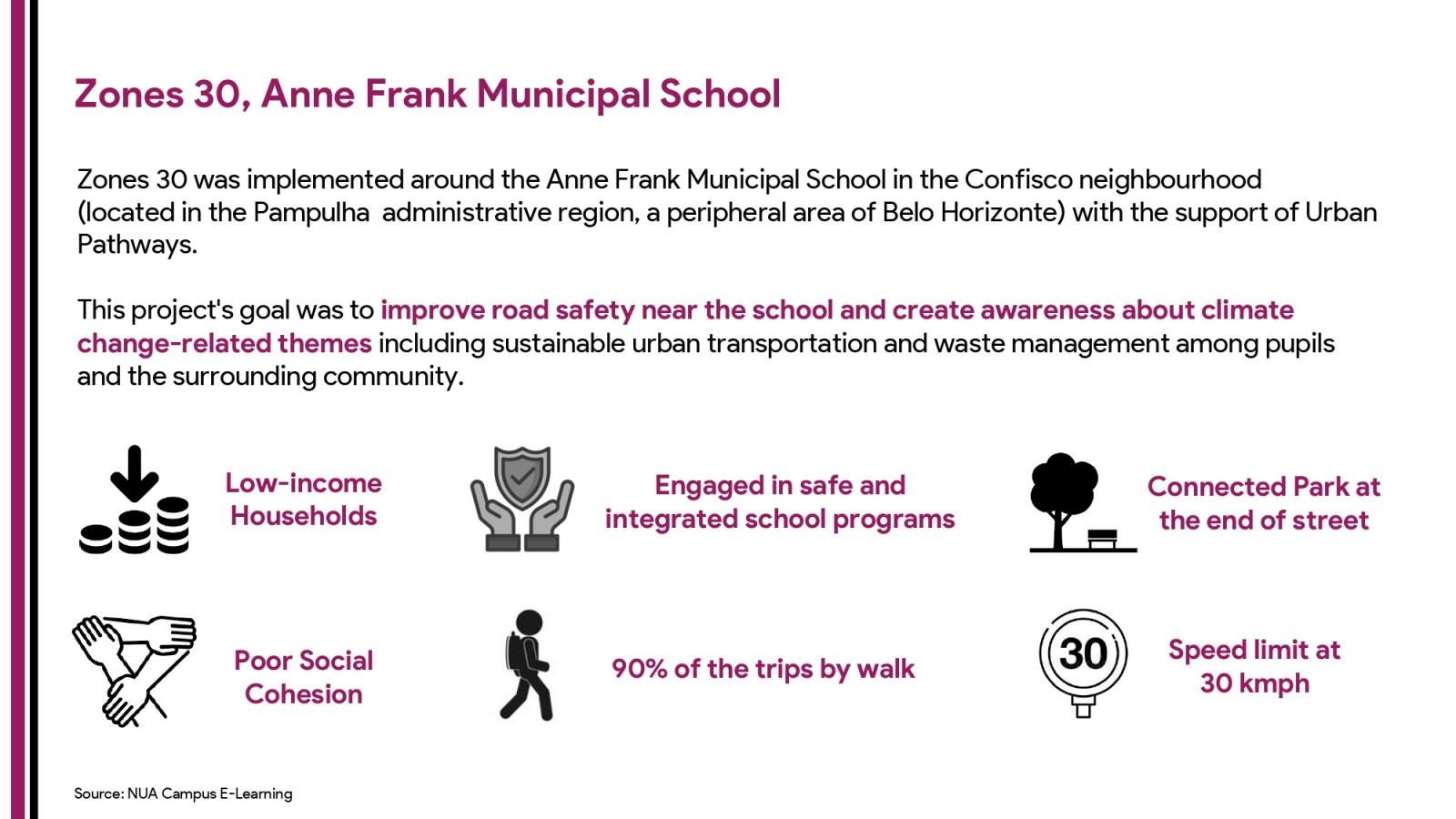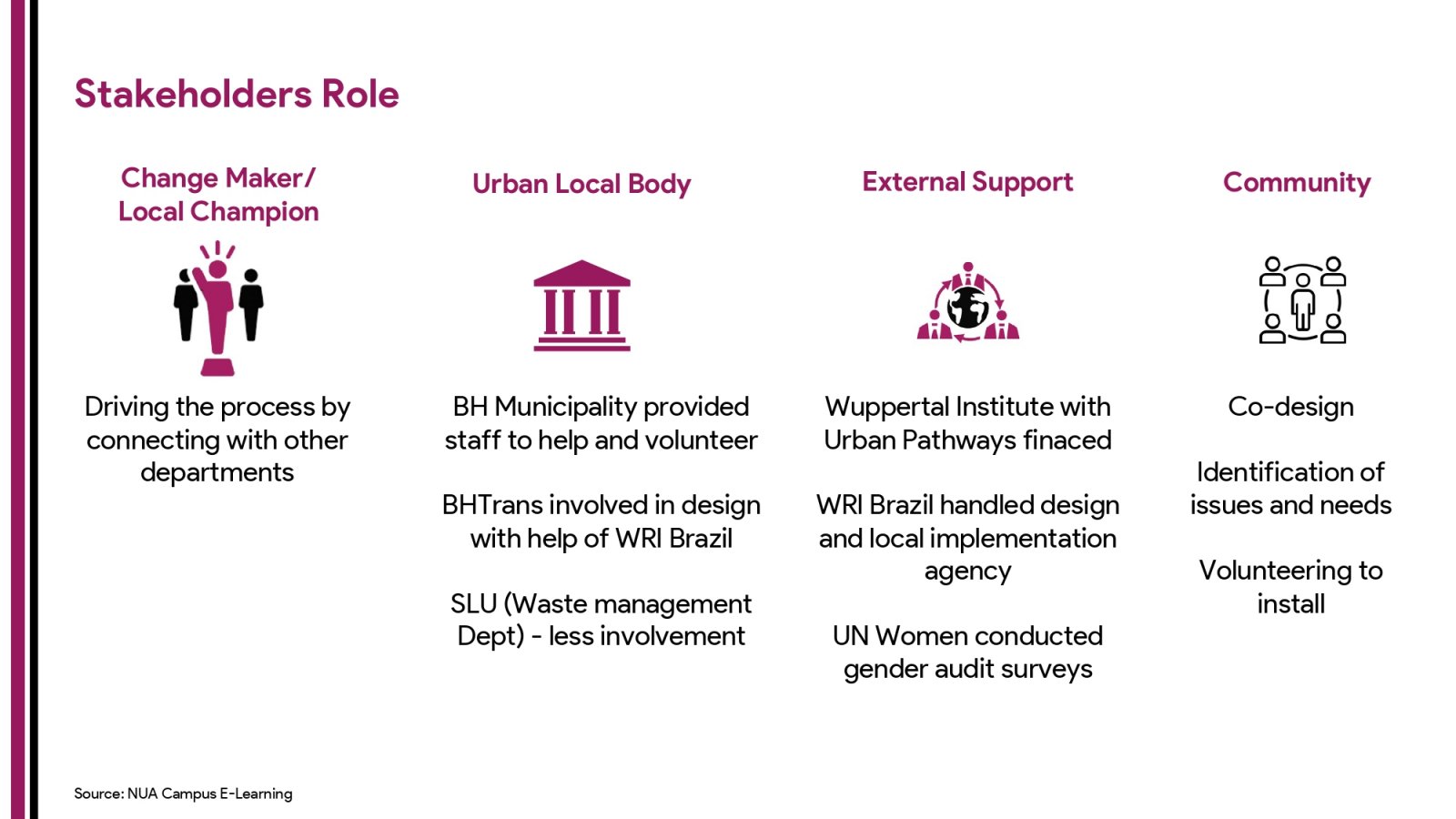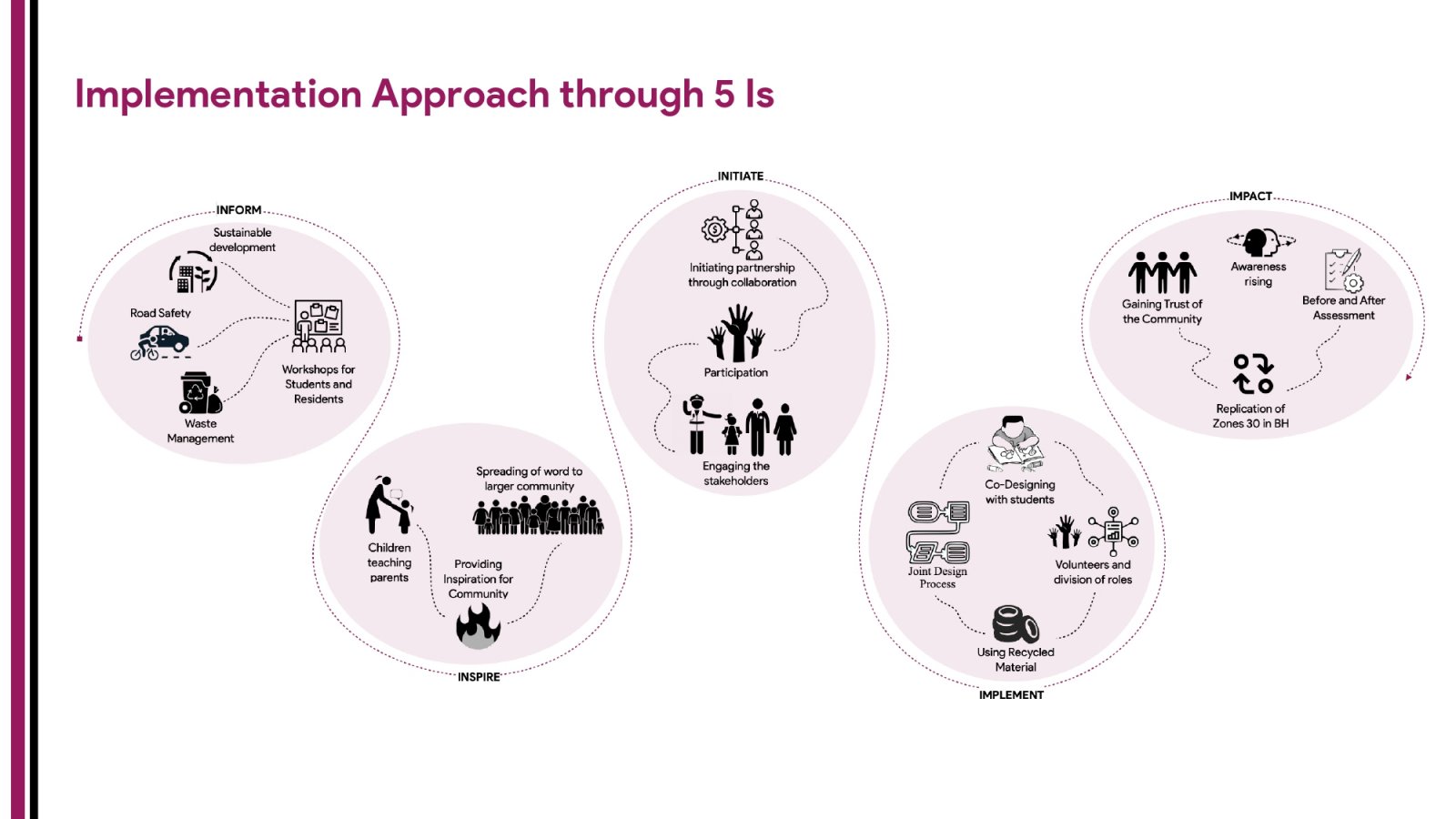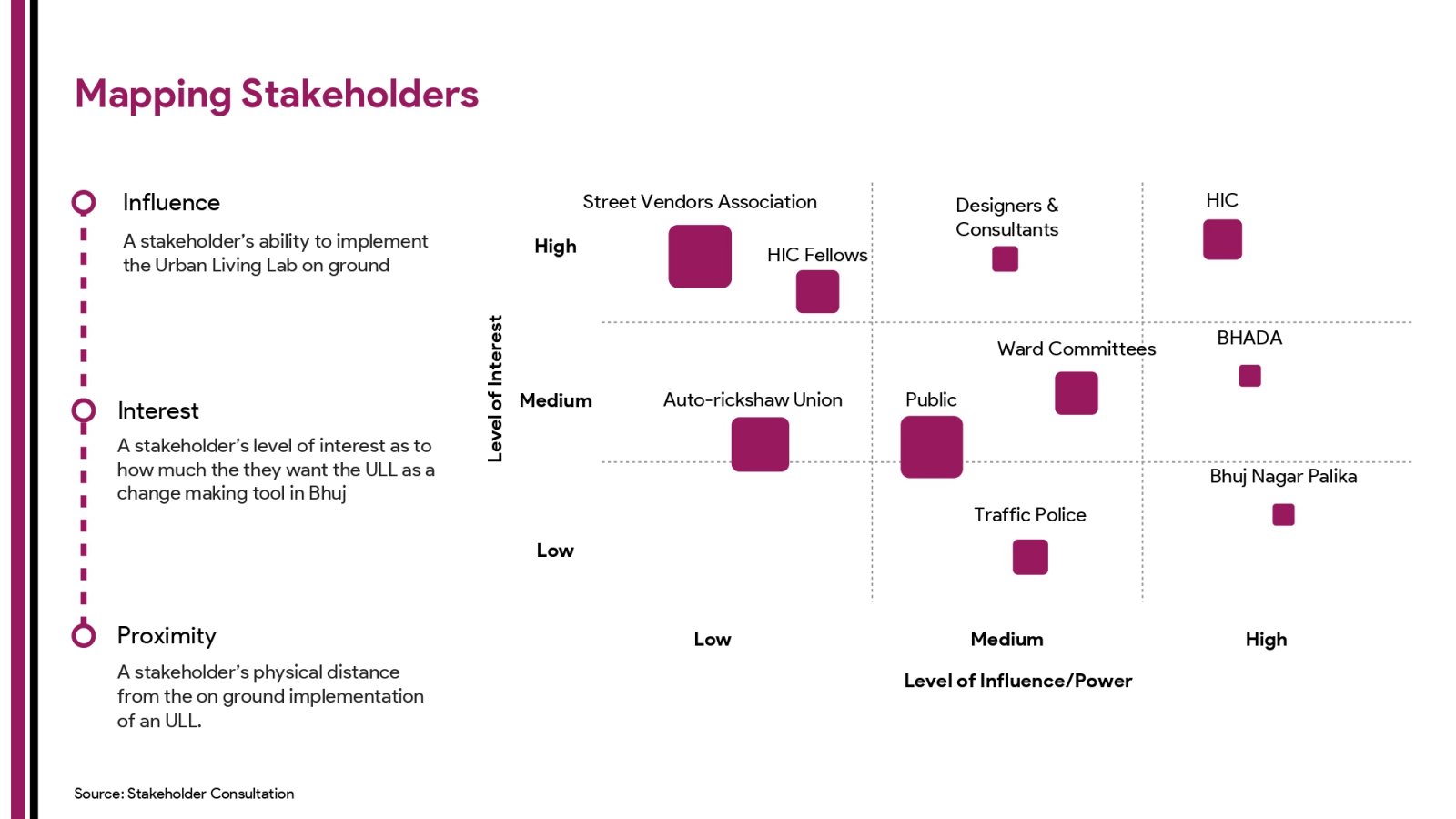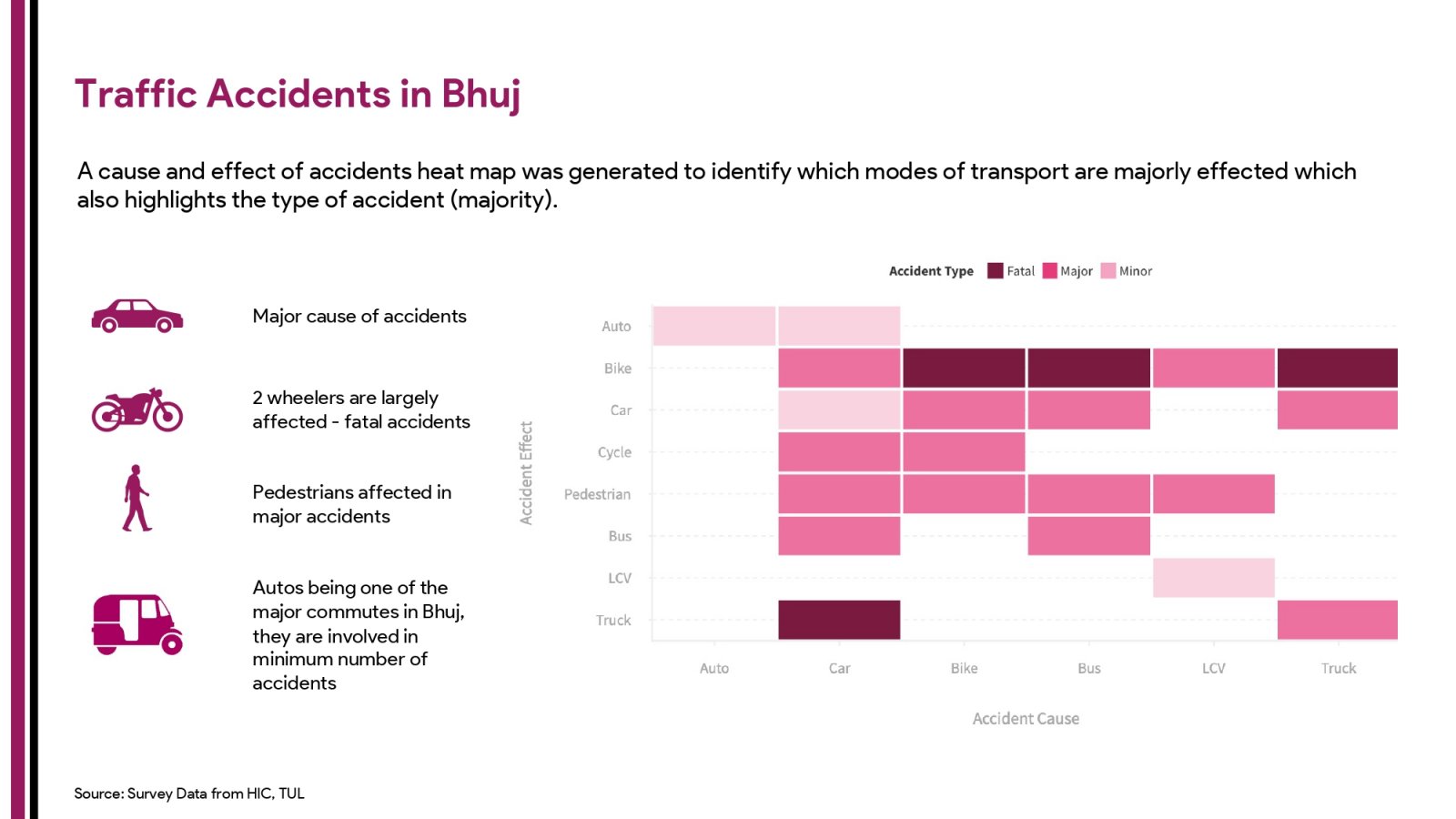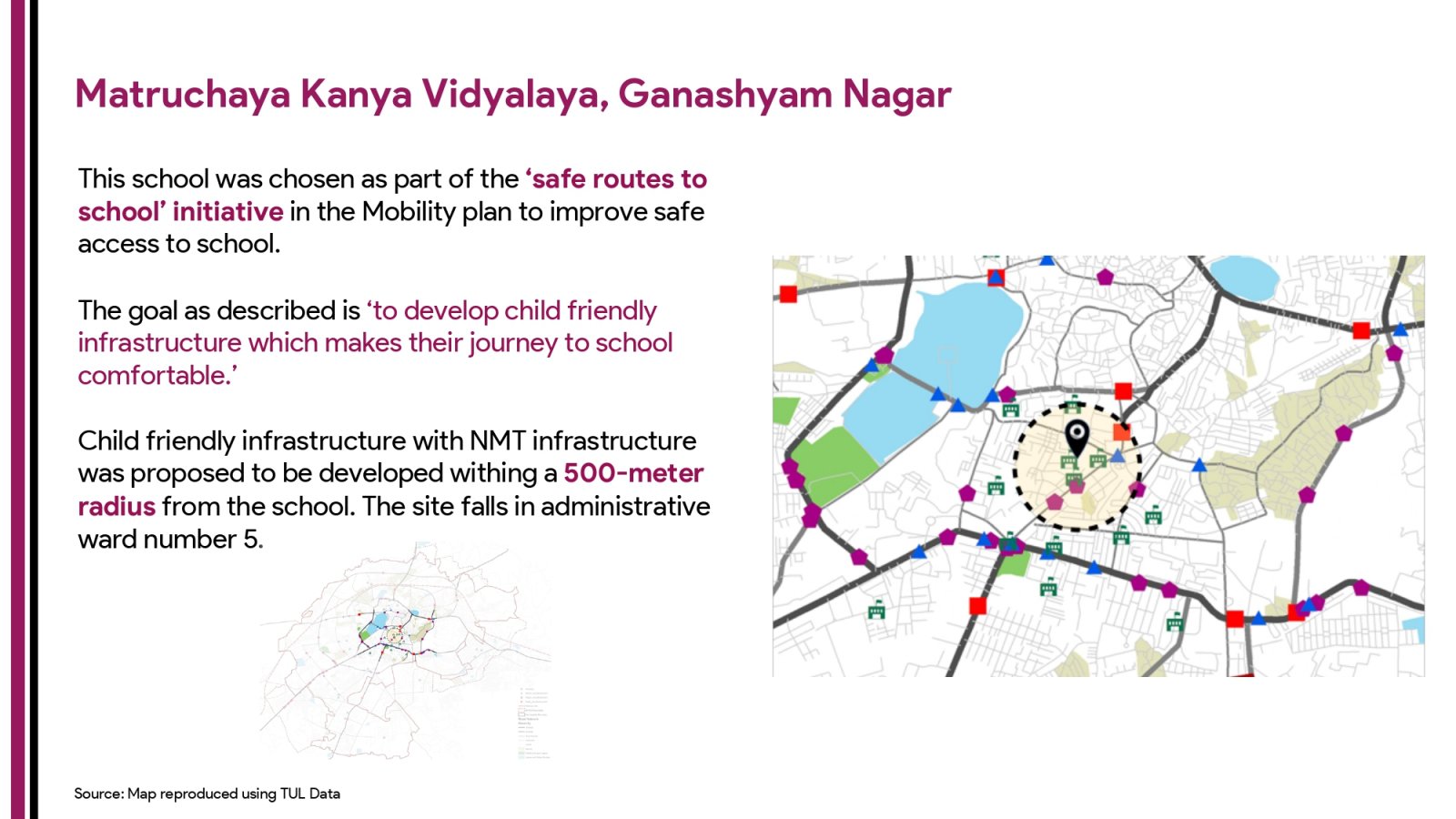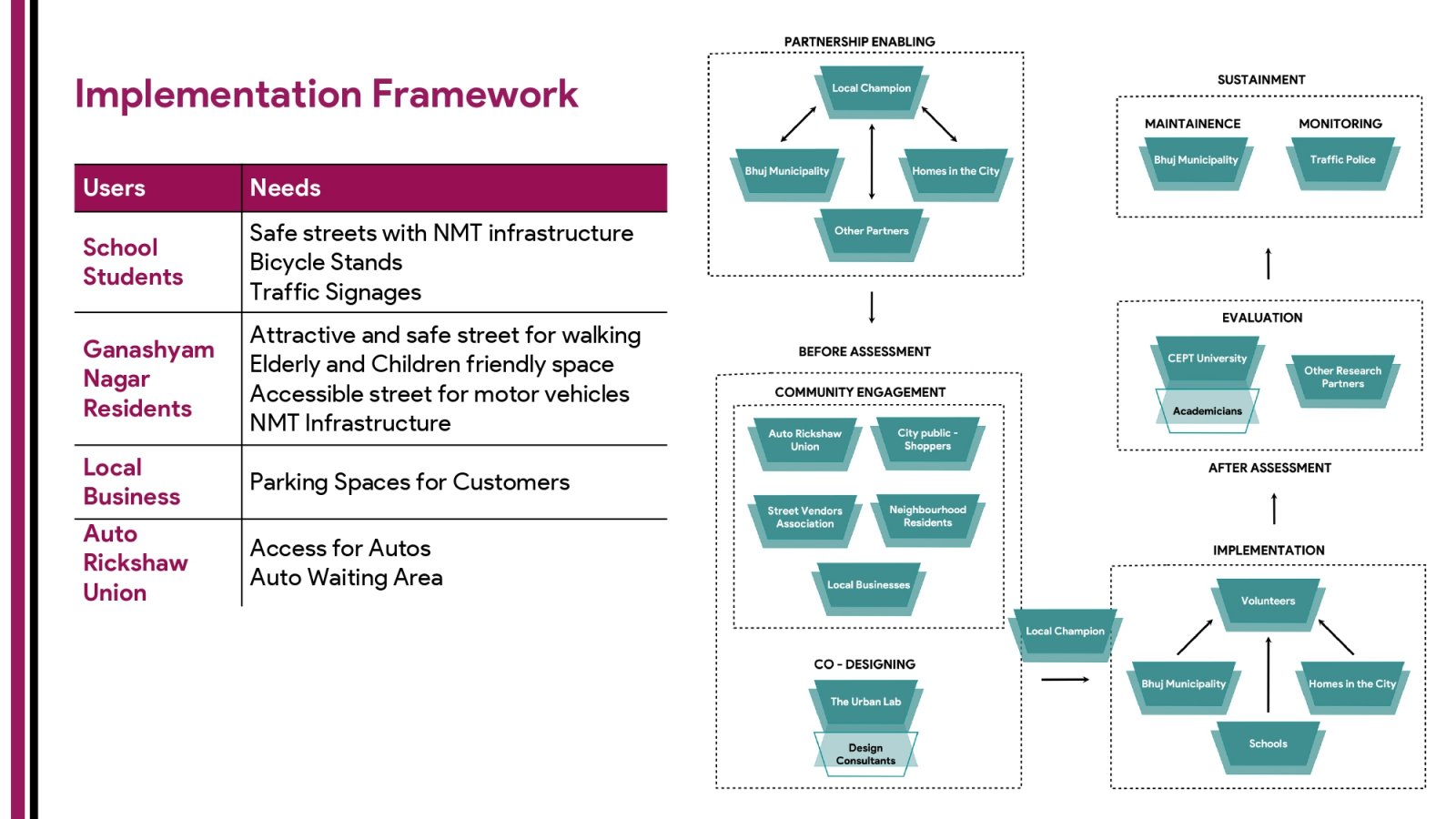Your browser is out-of-date!
For a richer surfing experience on our website, please update your browser. Update my browser now!
For a richer surfing experience on our website, please update your browser. Update my browser now!
Rapid urbanization in cities across the world has led to a shortfall of resources, unorganized growth, and climate change. City administrations are making efforts to promote strategies for urban renewal and retrofitting focused on improving the quality of life in the city with the help of citizen participation. With the rise in inter-connected challenges, it is crucial to bridge the gap between theoretical understanding and societal implementation by providing cross-cutting solutions. In response, new collaborative efforts have emerged as urban living labs, which are spaces devised to design, experiment and learn from technical and social innovation. The objective of combining capacity building and local implementation support for the transition to sustainable cities is the driving force behind the Urban Living Lab. This research aims to test the transferability of the Urban Living Lab in Belo Horizonte, Brazil, to Bhuj, India. A working project timeline, study methodology, background research and literature study on the concepts of Urban living labs, public spaces, and place-making are detailed. The Zones 30 Urban Living Lab in Belo Horizonte is a tactical urbanism intervention where the design of the street restricts the vehicular speeds to 30kmph. To understand the implementation process, this lab is further studied and analysed through stakeholder interviews. Key driving factors for its successful implementation in Belo Horizonte are identified for application in Bhuj. The governance structure in Bhuj promotes local self-governance and community engagement. This is one of the key driving factors in Bhuj, which makes the transferability of the Urban Living Lab feasible. A mobility analysis of school students shows that they face discomfort and safety issues while choosing a sustainable commute choice. Accident data is spatially analysed around the schools to identify the possible sites to implement the Zones 30 Urban Living Lab. The implementation process in Belo Horizonte and the process that could be adopted in Bhuj are compared using the identified driving factors. The research also recommends a methodology that can be used to implement small scale tactical urbanism interventions through the Urban Living Lab tool in Bhuj.
